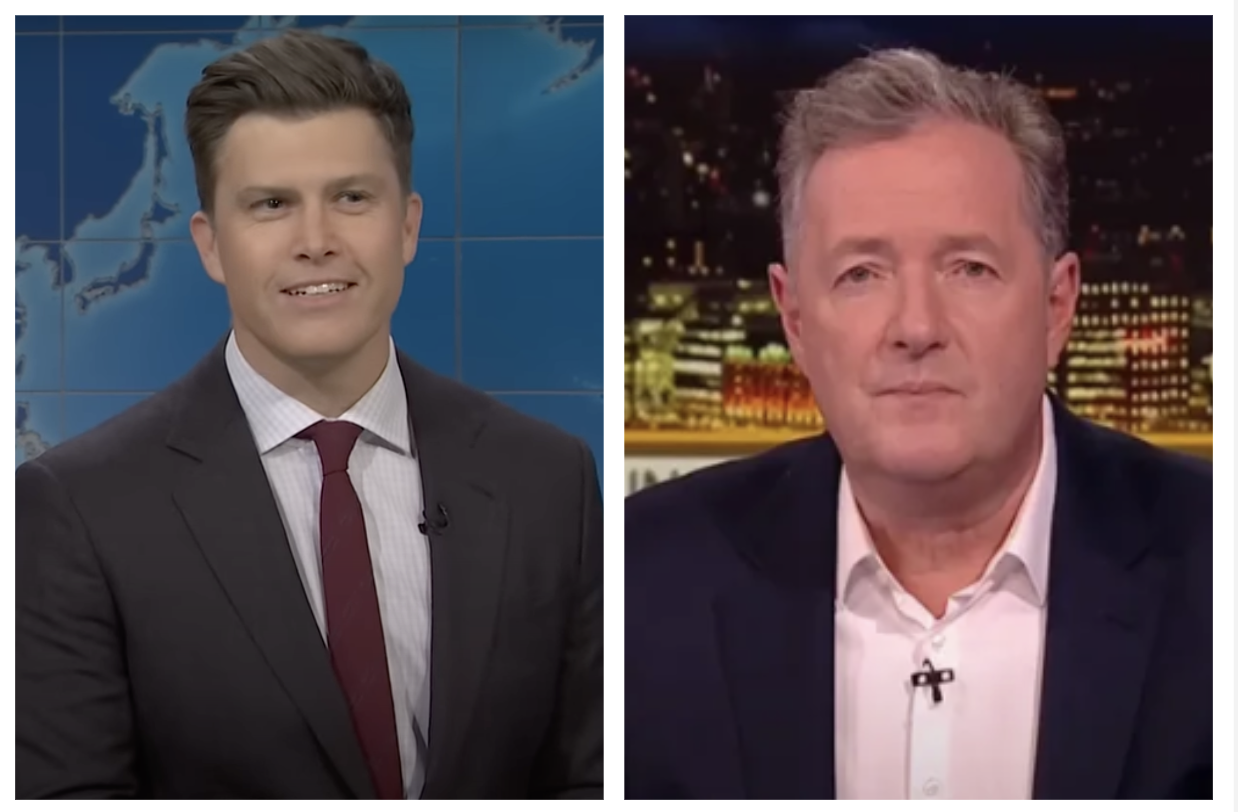While the industry tries to improve women’s PPE, other minority groups’ needs remain overlooked
It took several months for Leena Begum to even visit a construction site. The apprentice feared she would have to compromise her Muslim faith by wearing the personal protective equipment (PPE) provided. Islam requires women to dress modestly and wear loose-fitting clothing that doesn’t reveal the shape of the body. “It felt like I would have to cut a piece out of me just to be able to work,” she recalls.
Yet she knew she couldn’t progress in her health and safety career without doing site inspections. Besides, she was intrigued by the prospect of venturing underground. “I’m one of those people that really likes to explore,” Begum says. “I was about 19 or 20 – of course
I really wanted to go down the shafts and tunnels.”
“I used to think how I couldn’t wait until the day a girl came along and solved the problems I was having with PPE in my first job. I didn’t know at the time I’d have to solve it myself”
Leena Begum
She didn’t make it. The men’s PPE handed to her by her employers was way too big, but even then, it didn’t provide the coverage she needed. Having packed on several layers for bulk to avoid revealing her silhouette, she overheated during the induction and fainted.
In the past few years, women have brought their struggle to highlight ill-fitting PPE to tier-one contractors’ boardrooms, standards-setting authorities and even parliament. As a result, many employers now include women’s PPE in their kit. Yet official guidance requires employers to provide protective equipment that takes into account all protected characteristics, including pregnancy, race and disability. Given that PPE inclusivity efforts have focused primarily on gender, what can be done to extend well-fitting gear to every worker?
Unheralded hazard
It’s thanks to women like Begum that more inclusive PPE has come to market. While working at Tideway, the company delivering the Thames Tideway Tunnel in London, she designed a range of modest PPE for Muslim women. “I used to think how I couldn’t wait until the day a girl came along and solved the problems I was having with PPE in my first job,” she says. “I didn’t know at the time I’d have to solve it myself.”
Her modest PPE joins a smattering of recent inventions adapted for diverse users. US brand MHA offers an adjustable hard hat to accommodate Afro hair. Meanwhile, French supplier Bollé Safety’s goggles are adjustable at the temples and nose bridge to account for various facial features, including epicanthal folds and monolids, common among people of East Asian descent and those with certain genetic conditions.
“Inclusive PPE needs to be everywhere on site. Big companies are offering it but they need to make sure subcontractors are too […] Government can take the lead on this by requiring inclusive PPE in its procurement”
Emma Hardy, Labour MP
For a decade, US oil and gas consultant Joseph Anthony Norman struggled with non-adjustable headgear that didn’t fit over his hair, which he wears in locs. Whenever he bent over a wellhead to attach equipment, his head protection would fall off. He now uses a carbon fibre hard hat with six-point suspension system, from American brand Dax. “With the adjustable ratchet headband, I’m able to put my locs in a ponytail and pull it through for a nice fit,” he says.
But there are still glaring gaps in PPE. Options that work with religious headwear, such as hard hats that fit over turbans, have yet to hit the mass market. Instead, turban-wearing Sikhs have been exempted in regulations from wearing head protection on construction sites since 1989.
Disabilities also create different PPE requirements. There are no hard hats made to fit cochlear implants, according to Thomas Salomone, managing director of all-deaf contractor EGL Construction, meaning workers often have to take the devices out when at work.
“This can lead to them feeling isolated and unable to follow spoken instructions if working with hearing colleagues,” says Salomone. “On some sites these employees are seen as a risk and not allowed to work.”
Workers often modify uncomfortable or impractical gear – as Begum did – thereby limiting the amount of protection they afford. Cochlear-implant users may make unauthorised modifications to their hard hats to make the devices fit, says Salomone. Meanwhile, site operatives with limb differences tend to stitch or tape down the fingers of gloves, says Rob Jones, a solutions specialist at PPE supplier Uvex.
Ill-fitting PPE can be hazardous as well as uncomfortable. For example, eyewear that doesn’t fit correctly across the brow or around the cheekbones could let in debris or limit the field of vision, leading to accidents.
What’s more, a single piece of ill-fitting PPE can limit the effectiveness of other protection. The armbands of oversized eyewear, for instance, may interfere with ear defenders by breaking the protective seal. “Respiratory or hearing damage isn’t immediate,” Jones warns. “It happens over a period of time, so people aren’t always aware of it.”
Cost of procurement
As with many social issues in the construction industry, the main barrier to change is cost. PPE manufacturers that make more inclusive options incur higher costs from the different materials, machines and designs. Jones, whose firm offers bespoke fits for eyewear, gloves and shoes, says manufacturers that commit to providing an inclusive range can be left at a disadvantage compared with cheaper suppliers. “We found that firms would tend to use us for one bespoke glove and go elsewhere for everything else,” he says. Uvex now insists on a minimum order value.
PPE aimed at niche markets can also be trickier to procure. The lead time on small-batch workwear is often between six and eight weeks, says Rachel Tomkins, Tideway’s head of assurance, security and facilities. Big companies are better able to absorb higher costs and longer lead times than smaller firms. “SMEs may have to just buy off-the-shelf for their one employee,” she says.
In theory, employers should already be offering suitable PPE. Since 1992, UK firms have been required by law to provide employees with PPE “capable of fitting the wearer correctly”. The legislation was amended in 2022, extending the right to more casual workers. The guidance accompanying the Personal Protective Equipment at Work Regulations 1992 explicitly refers to gender, pregnancy, disability and race – but the legislation itself does not. As a result, employers interpret the standards differently.
Best-practice standards, such as those produced by UK national standards body the British Standards Institution (BSI), and International Organization for Standardization (ISO), also make no mention of specific personal characteristics. Worse still, their guidelines are based on outdated measurements, says Katy Robinson, senior project manager at East Riding of Yorkshire Council. Robinson’s early experiences in the industry – the pain caused by a cheap unisex pair of boots put her off going on site – inspired her to write a dissertation on PPE fit issues. She found that the data on human body measurements used to design PPE is taken from a small, demographically homogenous sample size. For example, both international and British standards governing respiratory PPE specify dimensions known as the “Sheffield head” – a cast of a randomly selected white man, made around half a century ago. This has since expanded to six model heads to reflect more diverse users, but they are differentiated by size, not by characteristics such as sex or ethnicity.
“It doesn’t matter what race, ethnicity or gender you are,” Robinson says. “Unless you have those very specific measurements, your gear won’t fit.”
Regulatory silence
The dearth of data extends to our understanding of the harm caused by poorly fitting protective wear. The UK inspectorate that records workplace accidents, the Health and Safety Executive, does not investigate ill-fitting PPE as a cause. Construction News asked the regulator why it does not document this data, but did not receive a response. Not having records of the damage caused by incorrect PPE makes the problem less visible, according to Robinson. “There’s such a lack of information and research,” she says, “but no one would ever fund it because they don’t see it as a problem.”
How, then, might cost-averse employers be prompted to take the initiative? Untangling the quagmire of rules and regulations might be a good place to start.
In March, Labour MP Emma Hardy secured an adjournment debate. In that she argued the failure of PPE regulations to mention gender and other protected characteristics has “significant, real-world consequences”.
“Inclusive PPE needs to be everywhere on site,” Hardy adds. “Big companies are offering it but they need to make sure subcontractors are, too.
“Government can take the lead on this by requiring inclusive PPE in its procurement.”
Standards bodies, too, are looking at how they could set the bar higher for the industry. The Considerate Constructors Scheme (CCS), a voluntary code for contractors, has included gender-specific PPE on its checklist since January. CCS did not respond to a request for comment.
The BSI is currently developing new guidance on the procurement of inclusive PPE. “The relevance of explicitly mentioning or addressing the implications of gender or other protected characteristics will vary depending on what the standard specifically relates to,” says Stephanie Eynon, head of standards-makers engagement and inclusion at the BSI. She adds that challenges faced by PPE users are “not something that can be solved by standards alone”.
Other solutions centre on design. Tideway, which funded Begum’s modest PPE and pioneered maternity PPE, is now experimenting with ways to supply its workers with even more personalised protective gear. Tomkins has discussed offering bespoke PPE tailored to a worker’s body, with removable branding, allowing them to take it from project to project. Although the initial cost would be higher, she reasons that workers would be more likely to look after well-fitting gear, bringing the overall cost of PPE down over time.
Another option is to make PPE more adjustable. “Nobody has a set size and shape,” says Tomkins. “Velcro and stretchy waistbands are key.”
Lost talent
Construction leaders might have to get a move on if they want to attract and retain passionate workers like Begum. Despite facing a skills shortage on an existential scale, the construction industry still has room for improvement in hiring outside of its traditional white male base. Begum’s ordeal hints at one potential reason.
“I’ve only just seen a female Bangladeshi engineer on my current job [for the first time],” she says. “I had to wait eight years for a role model – I didn’t have anyone to speak to about all these issues I was having with my PPE.”
Begum no longer works in health and safety, saying: “Funnily enough, I became a civil engineer after seeing all those tunnels.”
It’s sobering to think how many other women might have missed the chance to fall in love with construction – all for something as seemingly trivial as protective gear.














